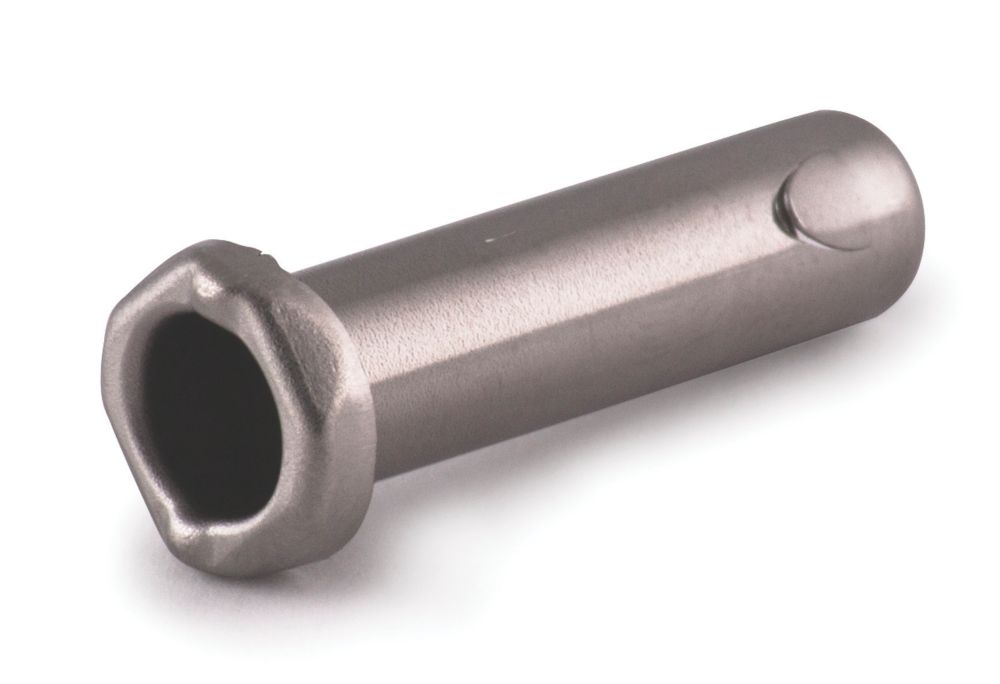Evening all
Had occasion today to join old plastic supply pipes to new copper ones. After taking a butcher's at YouTube I decided to put metal inserts in the plastic pipe (which looks ancient, and I've no idea what brand it is) and connect the plastic to the copper pipes with brass compression connectors and brass olives. In the esteemed opinion of forum members, are these the right inserts for the job ( link below)? AFAIK the fittings have been in place for several hours with no leaks.

 www.screwfix.com
www.screwfix.com
Had occasion today to join old plastic supply pipes to new copper ones. After taking a butcher's at YouTube I decided to put metal inserts in the plastic pipe (which looks ancient, and I've no idea what brand it is) and connect the plastic to the copper pipes with brass compression connectors and brass olives. In the esteemed opinion of forum members, are these the right inserts for the job ( link below)? AFAIK the fittings have been in place for several hours with no leaks.

Hep2O Smartsleeve Stainless Steel Push-Fit Pipe Inserts 15mm 10 Pack - Screwfix
Order online at Screwfix.com. In4Sure joint recognition notifies when the pipe is connected. Safe for drinking water. FREE next day delivery available, free collection in 1 minute.


